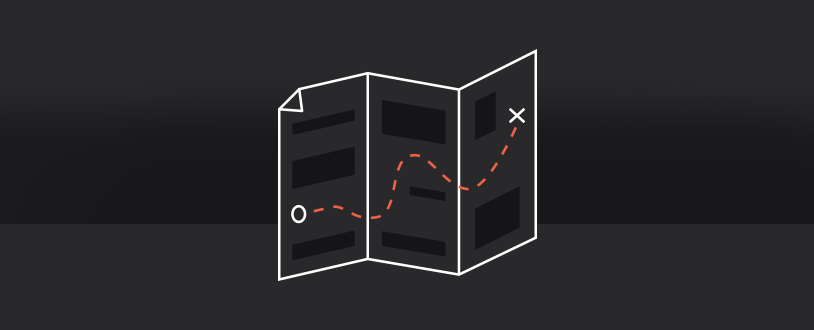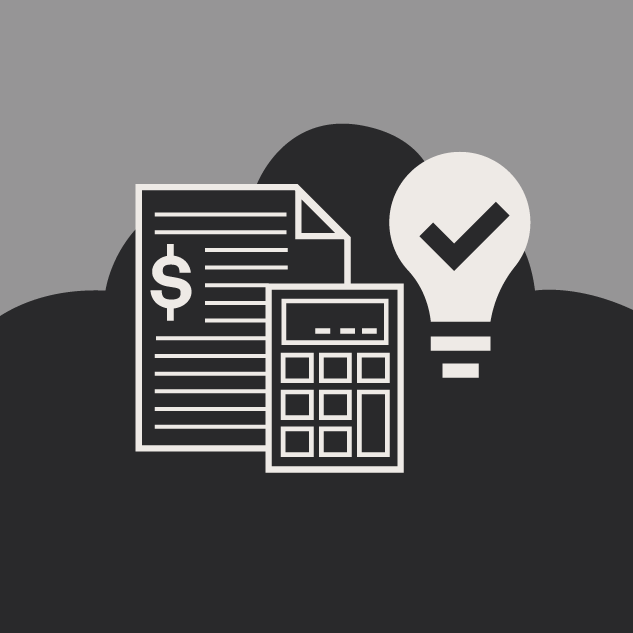3 Tips for Surviving Content Migration
Chris Osterhout SVP of Strategy#CMS

Content migration can be a complex process, but you don't have to let it overwhelm you! We offer some great tips for surviving a content migration project.
Today’s digital landscape is constantly changing, with new technologies being introduced, new opportunities presenting themselves, and regular changes and shakeups to existing systems all happening on a regular basis. In this shifting ecosystem, organizations may find that they need to migrate their website to a new content management system (CMS) in order to meet their business needs.
One of the most important aspects of any website migration project is content migration. Unfortunately, content migration is often overlooked or done incorrectly, leading to delays in launching a site. At Diagram, we’ve worked on a multitude of migration projects, and we’ve put together some tips for surviving the content migration process:
Don’t Let it Overwhelm You
For sites which contain a large amount of content, the idea of migrating every page and asset can be overwhelming. This can lead to procrastination, which often results in difficulty meeting deadlines for the overall project.
However, content migration doesn’t have to be overwhelming. As with anything, proper planning will allow you to understand the full scope of the content migration. Performing a content audit to determine what content you currently have, where it will be located on the new site, and whether any outdated or redundant content can be removed will help you get your head around the content migration effort and provide a blueprint for the project going forward.
Remember, you don’t have to complete the entire process all at once. Taking things one step at a time and working to come to an understanding of everything that will need to be included in your content migration will help you plan for a successful overall project.
Don’t Wait to Get Started
Due to the amount of work needed to migrate content from an existing site into a new site, the process of content migration is often delayed until close to the end of the project, resulting in a mad rush to complete it in time to launch the new site. Obviously, this is not ideal; in order for content migration to be completed successfully, enough time should be taken to ensure that it is done correctly.
Ideally, content migration should be a part of every phase of a website project. In our recent blog about creating “high touch, low interaction” project plans, we looked at how to break a website project into smaller, more palatable chunks. This is a great way to keep a project from being overwhelming, and including content migration as a part of these “sprints” is a great way to ensure that it is completed throughout the project rather than delayed until just before launch.
Don’t Assume Everything Is Correct
Whether you’re migrating your content manually or programmatically (or some combination of the two), and whether you’re performing the content migration yourself or relying on your digital partner or hired staff, it’s important to know that there is a high likelihood that errors will occur.
Whatever you do, don’t blindly assume that everything is accurate. Following the motto “Trust But Verify” is a good way to ensure that you are able to discover and address any errors that occur. It’s a good idea to do some cursory testing of pages throughout the site to make sure that content appears correct, as well as to use a tool to check for broken links.
Whatever you do, don’t wait to address these issues until after the site has launched. If the site goes live with uncorrected errors, they may cause search engine optimization (SEO) issues that result in penalties to your site’s search rankings, causing you to scramble to correct them and regain the rankings that will allow people to find your site in online searches.
Pro tip: If you generated a new sitemap as part of your migration project, be sure to include it on the new site, so that search engines will be able to index your site correctly.
Moving your content from one platform to another is a complicated endeavor, but your digital partners are here to help. We’ve created an eBook, “7 Steps to a Successful Content Migration,” to help you through the process. Do you have any questions about content migration? Please feel free to leave a comment below; we’d love to hear from you!
Related Posts

4 Ways to Avoid Disaster When Migrating CMS Platforms
If you have ever migrated from one content management system (CMS) or eCommerce platform to another, you know how many unexpected issues can occur during the migration process.

Cloud CMS Migration: Costs, Benefits & Insights
Migrating to a cloud CMS platform represents a strategic (and necessary) investment in the future of digital content management. Here's what you need to know.
Results Matter.
We design creative digital solutions that grow your business, strengthen your brand and engage your audience. Our team blends creativity with insights, analytics and technology to deliver beauty, function, accessibility and most of all, ROI. Do you have a project you want to discuss?
Like what you read?
Subscribe to our blog "Diagram Views" for the latest trends in web design, inbound marketing and mobile strategy.
